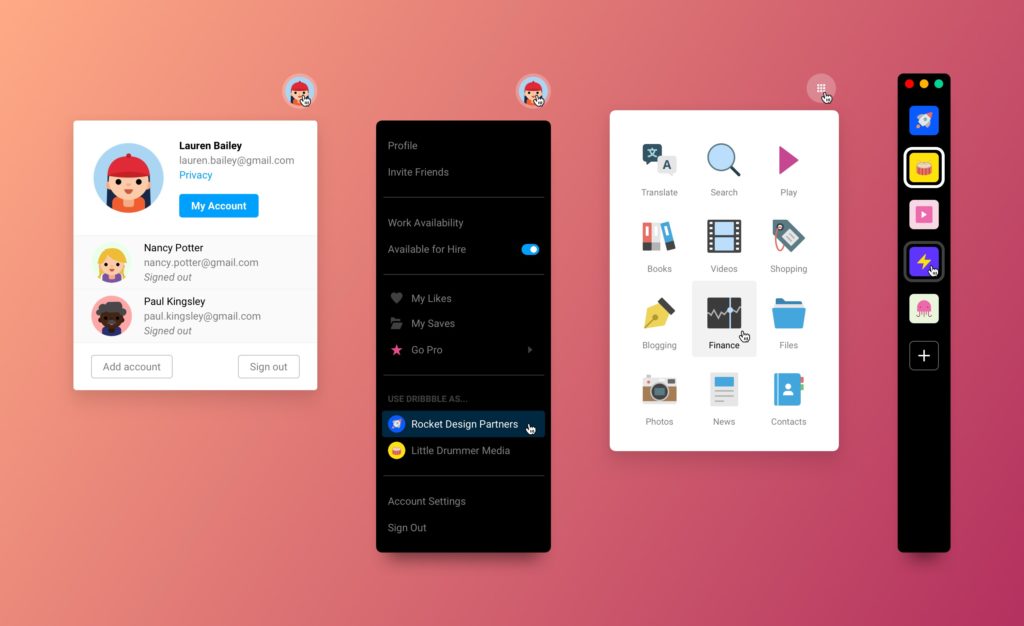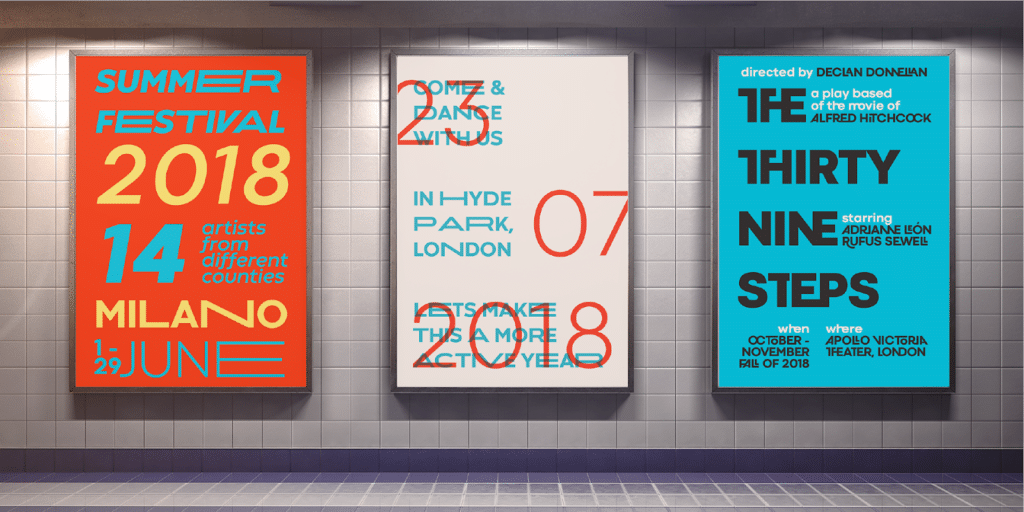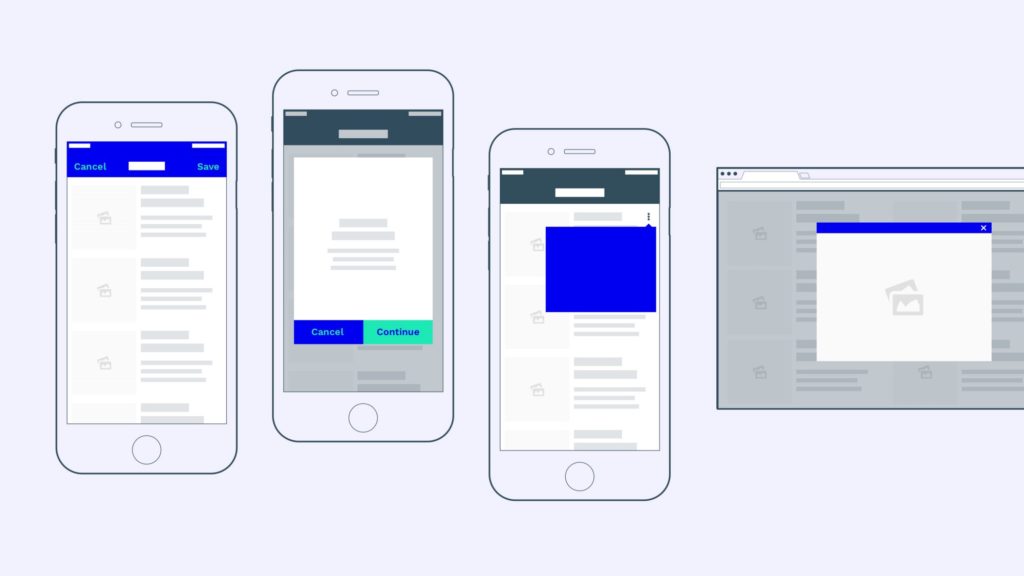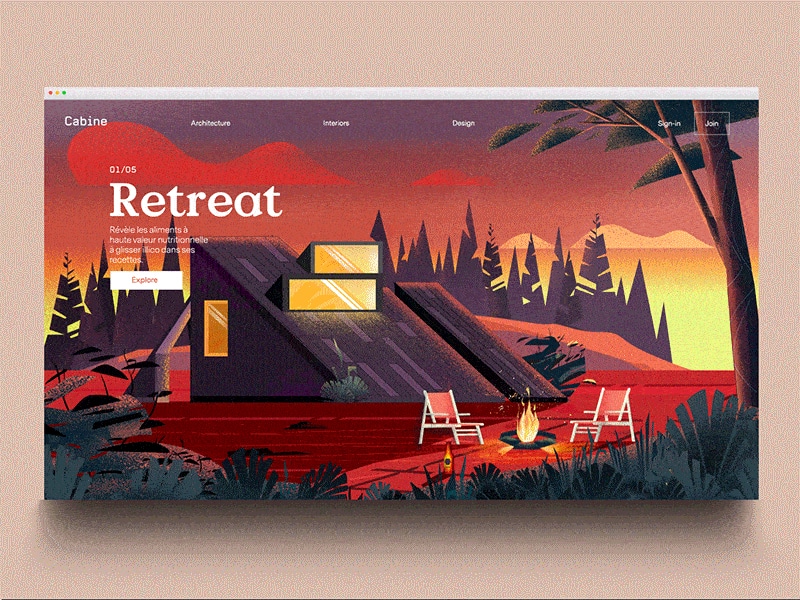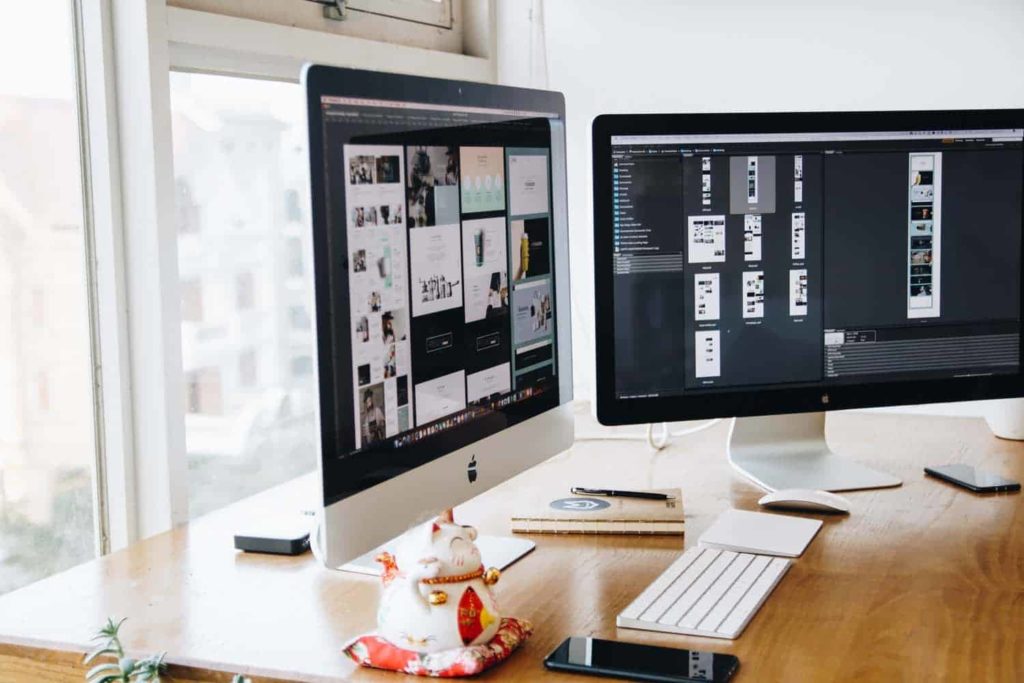As designers, we are often called on to make difficult design decisions, and we want to believe that our design decisions are objective, but in reality, there are not. We usually make assumptions based on our own aesthetic preferences, experiences and beliefs. So how do we solve this problem? The key is in the intention. Filtering every decision through intention will help us fight our subjective nature.
The first question I am always asking myself before I start designing is, “What is the Goal?” — I have to define my intention and come up with a plan for action! And this plan won’t be perfect, unique or the sole solution, it might unravel hidden walls, traps but also treasures; it will inform my every decision and help me achieve ‘the Goal’.
For me, Design is a plan for action within constraints. It’s the strategic combination of different ideas and disciplines towards a purpose; to solve a problem, communicate information or reinforce a message. Design unlocks challenges, spots opportunities and eventually marks the path of least resistance.
Design is a plan for action within constraints. It’s the strategic combination of different ideas and disciplines towards a purpose; to solve a problem, communicate information or reinforce a message.
A successful design should reflect its intention and purpose!
This thought was first introduced in the early 20th century, as “Form follows function”, by the American architect Louis Sullivan. Since then many expressed similar ideas, applying them to visual, marketing and product design.
“Graphic design is art with a purpose.” Unknown
“Content precedes design. Design in the absence of content is not design, it’s decoration.” Jeffrey Zeldman
“Design is not just what it looks like and feels like. Design is how it works.” Steve Jobs
Whether a design is functional, decorative, or carries a message, Form and Function explores the relationship between the visual form and its purpose. This relationship helps us explore and make better decisions. But how could we keep this relationship active during the design process?
Over the years, I have developed a process for designing with intention, that will hopefully inspire you and help you with making better design decisions.
Define — Describe the Goal and its challenges
At this point, we question everything; the brief, the audience, the Goal itself. Good questions will initiate deeper discussions, leading to better answers. They will help us describe and visualise our intention, and explore possible blockers and challenges.
Simplify — Take the challenge and break into pieces
Since we have defined our goal, we now need to break it down into small manageable and measurable goals. It will take away some of the pressure while helping us understand the project on a much deeper level.
Minimise — Throw away all the unnecessary stuff
Remove anything unnecessary, reshuffle and reassemble. Tackle one problem at the time. Pick the quick wins, the safe bets and work those first. The rest will unravel as we familiarise with the project.
Focus — Pay attention to who you are designing for
We have to be aware of our biases and be conscious that we do design for a specific group of people. We might want to inform them, delight them or solve their problems, either way, it’s all about them. So, our design decisions should always point back to people.
Learn — Search the hell out of the industry and competition
It’s good to realise that we are not the first nor the last designers to be facing this specific problem or challenge. We can always learn from other designers. We shouldn’t rush to reinvent the wheel but instead refine, improve and adjust the wheel to our particular vehicle.
Get inspired — Keep an open eye, mouth and mind
Great ideas and solutions can come from anywhere or anyone. We need to critically observe and evaluate. It’s helpful to talk about our projects, be open to suggestions and let our ideas get challenged. We need to be open to explore different directions, solutions or trends.
Evaluate — Do a regular reality check.
We need to take a step back to see the full picture. Are we still on the right path? Is our plan aligned with our intention? Are the people in the centre of it? Is there anything unnecessary? Are we proud of what is forming? Are we solving a problem? Are we, maybe creating more problems? Re-evaluate and repeat.

